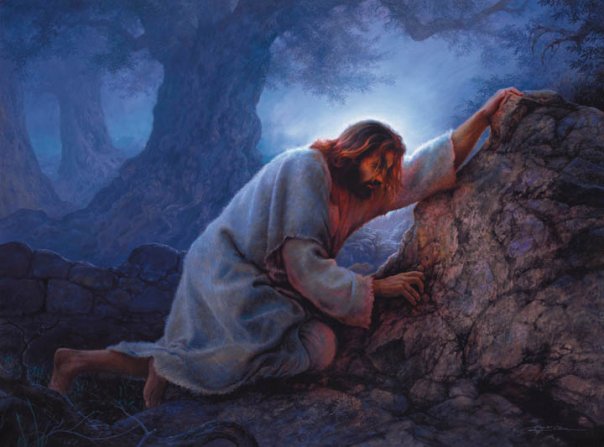Watch or listen to part 3 of the series on Why Abstinence Matters-3: Fatherlessness and Rage
Cheon Seong Gyeong 2033
I would like to add one more point,
if you go back to work for a company in
the future, when it becomes 5 o’clock
everyone leaves the factory. Center-
ing on the work place, you must have a
Home Church, Gajeong Gyohae, system
in place. Then centering on a foundation
of these separate activities, you must
form a tribe of your spiritual sons and
daughters. Through this basic rule you
can develop. When you raise other peo-
ple, you yourself will grow. You should
cultivate people. (173-335, 1988.2.21)
Cheon Seong Gyeong 1861
God will restore human beings back
to the world before the Fall. God has to
take care of all the enemies in order to
restore Adam’s perfected world before
the Fall. There were no enemies in that
world. Everybody was like brothers and
had only the concept that they were
one family. It is about swallowing one
another. In the fish world in the Pan-
tanal, the larger fish swallow the small-
er fish without regard, whether there is
something filthy or not. It swallows the
excrements of the internal organs and
everything else. (297-170, 1998.11.19)
World Scripture and the Teachings of
Sun Myung Moon
Chapter 3
Joy
The search for happiness is basic to human life, and to the religious quest as well. Union with Ultimate Reality can bring transcendental joy. It is a state variously characterized as bliss (ananda) Nirvana, or even the mystic marriage with the divine Lover. In the monotheistic faiths, God created human beings for joy. The unity of God and His creatures makes that joy complete.
The section opens with passages that describe heavenly joy, when the human heart and God’s heart beat in unison. Second are passages that contrast the greatness of heavenly joy with the paltry pleasures of the senses. This insight should not be overlooked in discussions of ethics; George Washington once asserted that
there is “an indissoluble union between virtue and happiness.” We conclude with passages describing thes ynergy between a joyous life and heavenly joy. A cheerful and optimistic attitude, accompanied by efforts to spread happiness to others, can attract the joy of the Holy Spirit. This can be experienced in the mystic connection between conjugal love and divine love. (See Chapter 19: Conjugal Love)
1. Heavenly Joy
Thou dost show me the path of life;
in Thy presence there is fullness of joy,
in Thy right hand are pleasures for evermore.
Psalm 16.11
I created you human beings because I desired to
see you lead a joyous life.
Ofudesaki 14.25 (Tenrikyo)
Happiness is spiritual, born of Truth and Love.
It is unselfish; therefore it cannot exist alone,
but requires all mankind to share it.
Science and Health, 57 (Christian Science)
No eye has seen, nor ear heard,
nor the heart of man conceived,
what God has prepared for those who love
Him.
1 Corinthians 2.9
No person knows what delights of the eye are
kept hidden for them—as a reward for their
good deeds.
Qur’an 32.17
I am the Tathagata,
The Most Honored among men;
I appear in the world
Like unto a great cloud,
To pour enrichment on all
Parched living beings,
To free them from their misery
To attain the joy of peace,
Joy of the present world,
And joy of Nirvana.
Lotus Sutra 5 (Buddhism)
The soul which is free from the defect of karma
gets to the highest point of the universe, knows
all and perceives all, and obtains the transcen-
dental bliss everlasting.
Kundakunda, Pancastikaya 170 (Jainism)
Without doubt, in the remembrance of God do
hearts find satisfaction.
Qur’an 13.28
Mother mine! Bliss have I attained in union
with the Divine Master:
Spontaneously has union with the Divine
Master come about—
In my mind resounds joyous music.
Fairies of the family of jewel harmony have
descended to sing holy songs;
Sing all ye the Lord’s song, who have lodged it
in heart!
Says Nanak, Bliss have I attained on union
with the Divine Master.
Adi Granth, Ramkali, Anandu, M.3, p. 917 (Sikhism)
And may the sovereign Good be ours!
According as one desires bliss may one receive
bliss
Through Thy most far-seeing Spirit, O Lord,
The wonders of the Good Mind which Thou
wilt give as righteousness,
With the joy of long life all the days!
Avesta, Yasna 43.2 (Zoroastrianism)
